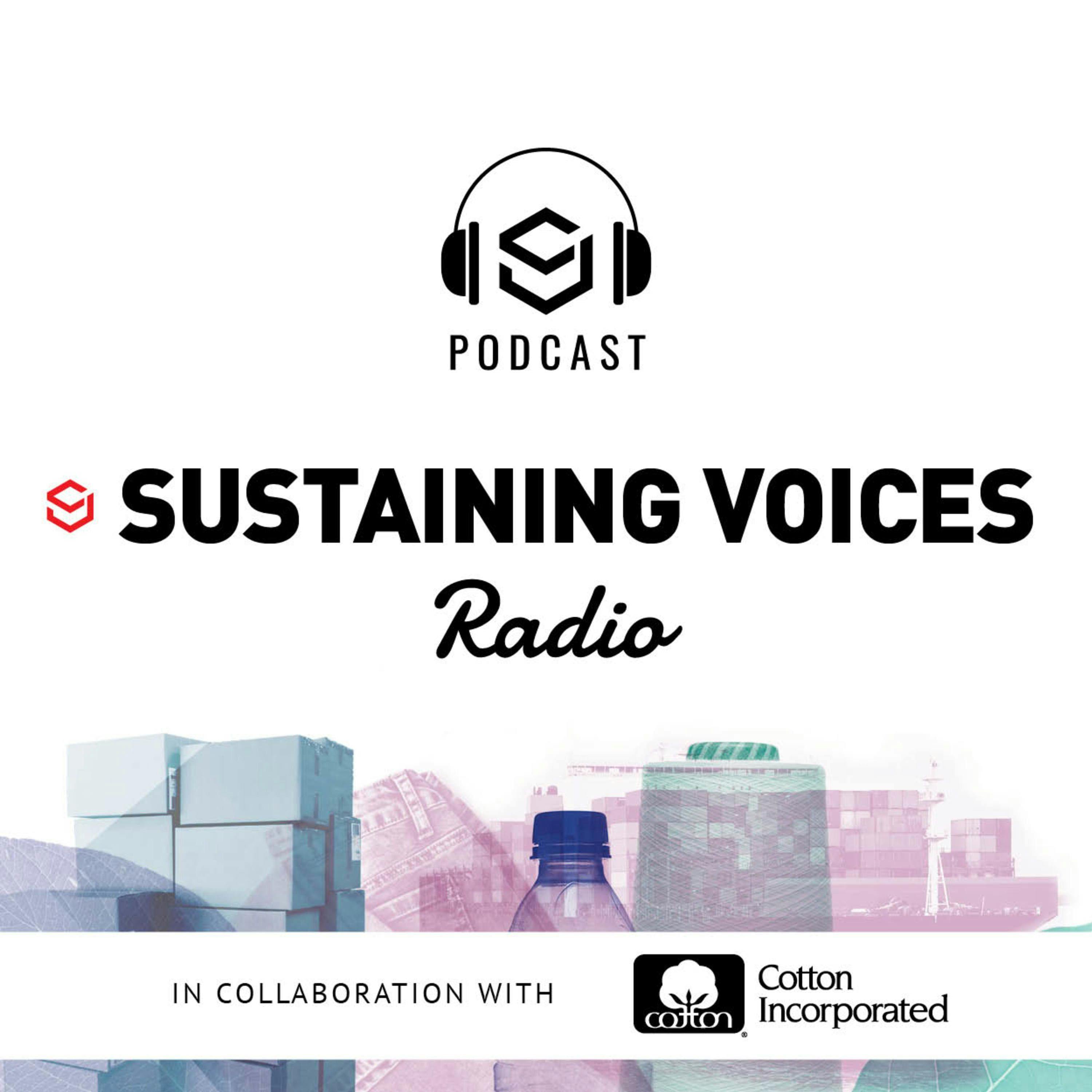Sustaining Voices Podcast: What is the Fashion Industry Getting Wrong About Transparency and Traceability?

b'The fashion supply chain is infamously opaque, but brands and retailers are increasingly heeding calls for greater transparency and traceability that gets to the heart of their social and environmental impact.\\n\\nThe shift can\\u2019t come soon enough. According to a 2019 survey by Ipsos MORI, four in five Americans want fashion brands to provide more information about their environmental commitments and the measures they are taking to curtail pollution in their supply chains. Roughly three quarters believed that brands should be responsible for what happens in the manufacturing process, and that they need to take appropriate action to ensure clothes are produced in an environmentally friendly way.\\n\\nSimilar studies show that consumers not only value information related to a company\\u2019s supply chain, but many are in fact prepared to pay a premium for greater transparency and visibility.\\n\\nIn this episode of the Sustaining Voices podcast, Sourcing Journal sustainability reporter Jasmin Malik Chua speaks with Jamie Barsimantov of SupplyShift, an end-to-end supply chain data management, responsible sourcing and supplier engagement platform, and Tai Ford, chief marketing officer at Retraced, a transparency solution that enables fashion brands to visualize, verify and communicate their supply chains, about the importance of transparency and traceability, the reasons behind their growing prominence and the obstacles that stand in the way of ensuring a socially and environmentally just industry.\\n\\nThough traceability and transparency are sometimes interchangeably used, they\\u2019re not the same, and \\u201cwe need to separate that,\\u201c Barsimantov said, though he admits that because people have their own definitions, the confusion isn\\u2019t going to go away. With transparency, \\u201cwe usually think of a brand lifting the veil off where their manufacturing sites are and information about their practices,\\u201c he said. \\u201cWhen people say full traceability, they\\u2019re usually talking about where this bit of cotton came from versus that bit of cotton, which is extremely challenging, expensive and in some cases, doesn\\u2019t even provide the right information to provide that transparency to the consumer.\\u201c\\n\\nTraceability and transparency don\\u2019t make a brand more sustainable, but they\\u2019re a \\u201cmeans to help you along that journey,\\u201c Ford said. \\u201cTraceability doesn\\u2019t necessarily say that you have sustainable materials in your supply chain, but [it] at least gives you points of reference to then set to start action plans and to communicate those action plans... with people in your company, other certification agencies and other members of your supply chain.\\u201c\\n\\nListen more to the podcast to learn how much of the fashion supply chain we can confidently map, if some materials are easier than others to track, how much transparency and traceability efforts might cost and how calls from governments and human-rights groups to divest from the Xinjiang Uyghur Autonomous Region will impact the cotton supply chain.\\n\\nLearn more about your ad choices. Visit megaphone.fm/adchoices'